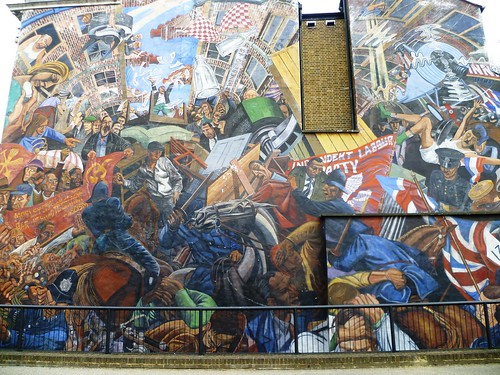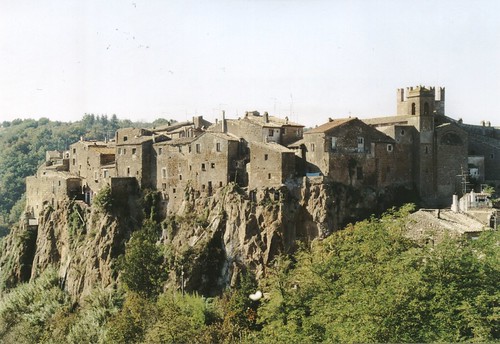Tower Hamlets Cemetery Park, a group on Flickr.
Historic Landscape Characterisation divides the landscape into character types. But then you need to draw an arrow, of direction. Ontologically "Everything is in the act of becoming". It is perpetually on the cusp of existence, only to be converted into a memory. "Now" is infinitely small, and the past infinitely big. The common understanding of "now" actually includes a fair chunk of what is past and gone, never to reappear. Tower Hamlets Cemetery Park, as the name implies, is a cemetery but is administered by the local council as a nature reserve for the purposes of recreation and education. So what is its "Type". Take a look at the photos and you decide. Not that having overlapping "Types" invalidates Historic Landscape Characterisation. Here, normally, a decision is made over which Type is "dominant". Would you say that THCP is predominantly a recreational park? a nature reserve? or a cemetery?...
Whatever it is, it is one of my favourite spots in London. Birdsong at dusk and dawn is as good as I've heard anywhere and the place is full of flowers (and trees and ivy). If you stand in the middle you can barely hear traffic!
Historic Landscape Characterisation divides the landscape into character types. But then you need to draw an arrow, of direction. Ontologically "Everything is in the act of becoming". It is perpetually on the cusp of existence, only to be converted into a memory. "Now" is infinitely small, and the past infinitely big. The common understanding of "now" actually includes a fair chunk of what is past and gone, never to reappear. Tower Hamlets Cemetery Park, as the name implies, is a cemetery but is administered by the local council as a nature reserve for the purposes of recreation and education. So what is its "Type". Take a look at the photos and you decide. Not that having overlapping "Types" invalidates Historic Landscape Characterisation. Here, normally, a decision is made over which Type is "dominant". Would you say that THCP is predominantly a recreational park? a nature reserve? or a cemetery?...
Whatever it is, it is one of my favourite spots in London. Birdsong at dusk and dawn is as good as I've heard anywhere and the place is full of flowers (and trees and ivy). If you stand in the middle you can barely hear traffic!













































